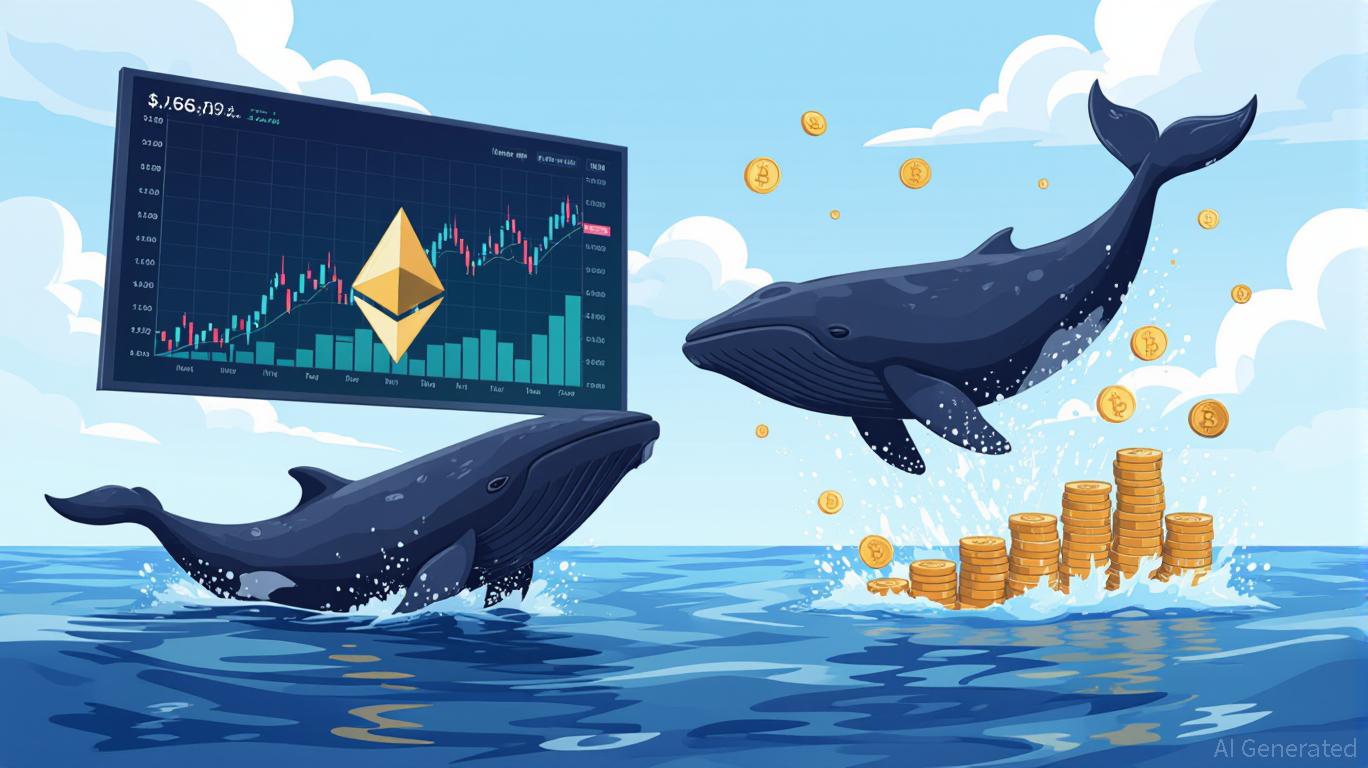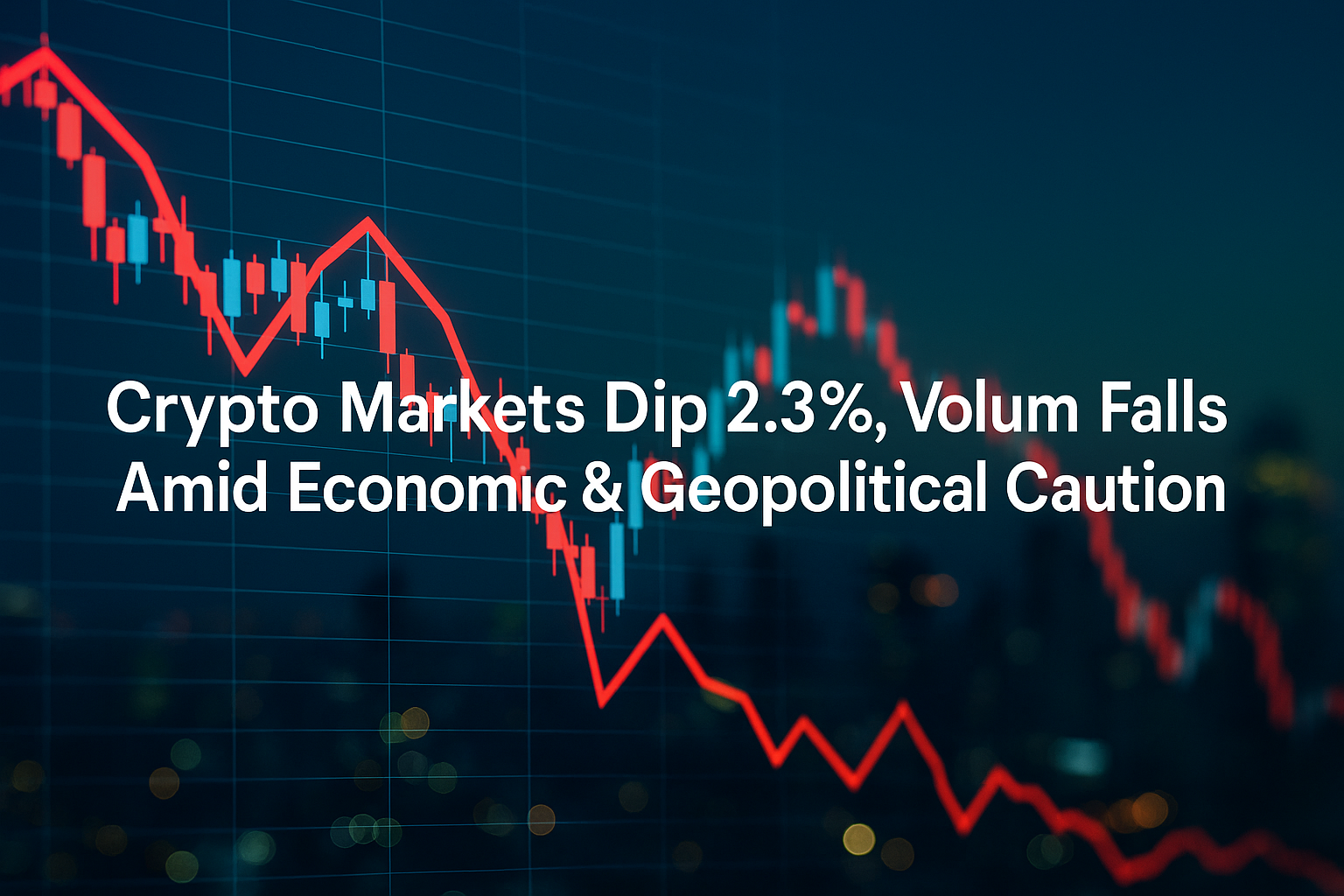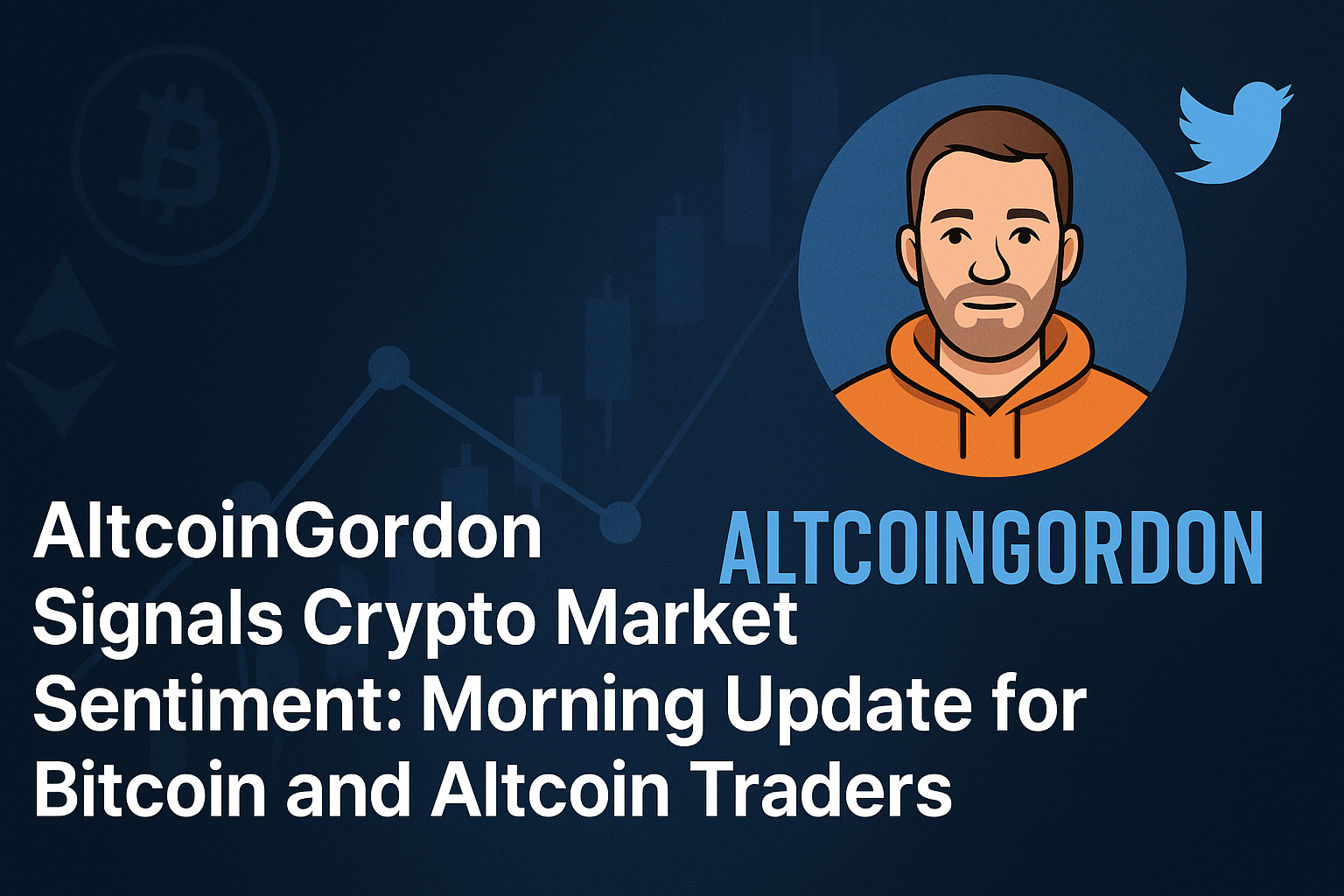In the world of Ethereum, giants are stirring. Over the July–September 2025 quarter, large holders and institutional investors quietly scooped up more than $3.16 billion worth of ETH via OTC channels — capital shifting off public exchanges, locking into private holdings. (Source: AInvest)
Why It Matters
-
As whales accumulate, exchange liquidity shrinks — fewer tokens available for buying or selling on the spot market.
-
This scarcity adds upward pressure on price expectations, turning ETH from a speculative token into a strategic asset.
-
The sentiment is shifting: instead of chasing short-term gain, large investors are treating Ethereum as part of their portfolio foundation.
Exchange Outflows & Supply Tightening
Recent data shows exchange reserves of ETH descending toward historic lows. AInvest+2AInvest+2
With so much ETH being locked up—whether in staking, private wallets, or institutional holdings—the available float for immediate trading is constrained. AInvest+4AInvest+4AInvest+4
This is a textbook case of supply-side stress in action: when demand persists and supply is choked, price tends to respond.
Timing & Risks
-
Whales are not infallible: large-scale accumulation can precede profit-taking or swings. AInvest+2AInvest+2
-
Macro factors—regulation, interest rates, capital flows—still wield influence over crypto markets.
-
The transition from “whale buy signal” to “distribution phase” can be subtle; keeping tabs on exchange flows and whale metrics will be key.
Big Picture Takeaway
Whale accumulation is no longer just a flashy headline — it’s becoming a structural force in the Ethereum ecosystem. As top holders lock in ETH, exchange liquidity recedes, sentiment hardens bullish, and the narrative shifts: Ethereum is increasingly viewed not just as a volatile asset, but as a long-term strategic holding.




